Physical Address
Minuwangoda ,Sri Lanka.
Physical Address
Minuwangoda ,Sri Lanka.
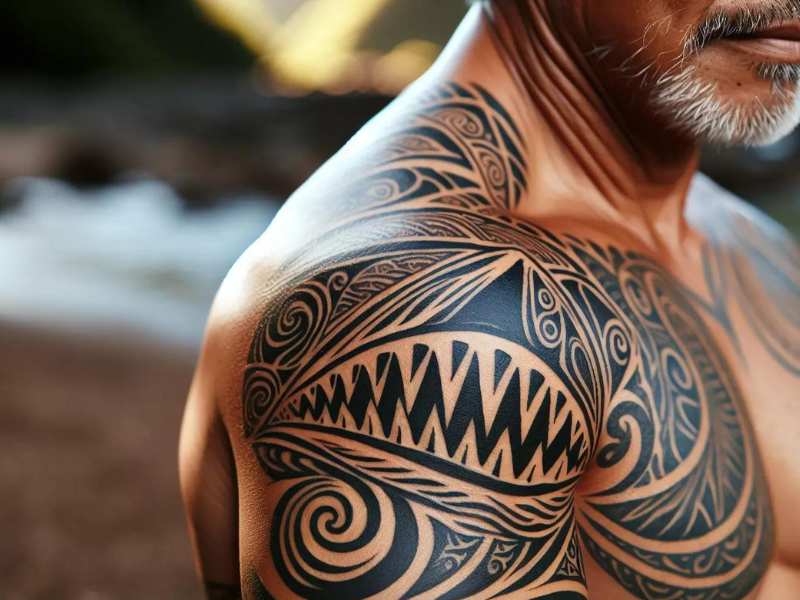
Maori tattoos, also known as ta moko, hold a deep cultural and spiritual significance that goes far beyond their intricate designs. The Maori tattoo meaning is rooted in ancient traditions, representing one’s ancestry, social status, and personal achievements. Each pattern and symbol carries its own unique story, making these tattoos highly sacred in Maori culture. Whether it’s the powerful whale or the radiant sun, the meaning behind Maori tattoos offers a profound connection to heritage, identity, and spirituality. As an experienced tattoo designer, I’ve seen how these designs resonate with individuals seeking more than just body art, but a true representation of who they are.
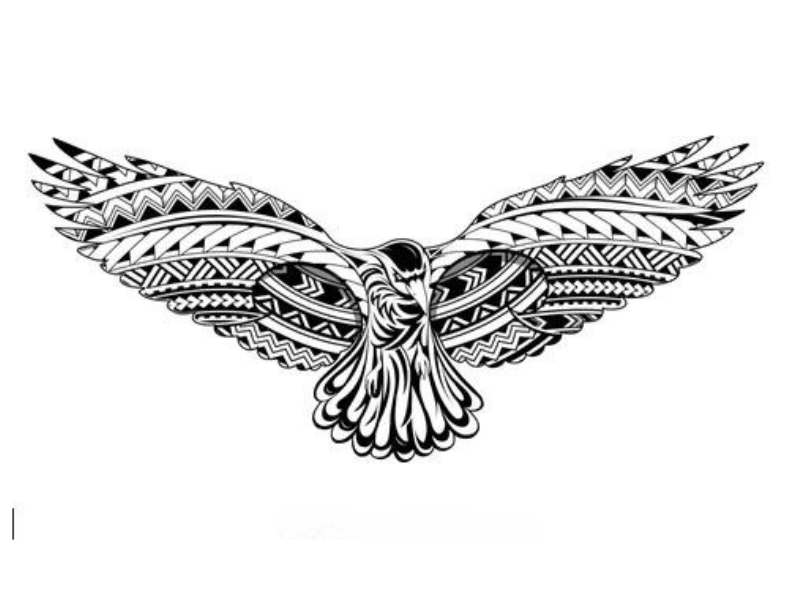
Though anyone can technically get a Maori-inspired tattoo, it’s important to understand the deep cultural significance behind these designs. Ta moko are traditionally reserved for Maori people, representing personal and family lineage. Non-Maori individuals should approach these designs with respect and avoid culturally specific elements, unless they have the permission and guidance of Maori elders or tattoo artists. In my practice, I always encourage clients to learn about the history and meaning behind these tattoos before getting one, ensuring they respect the culture.
In Maori culture, whales are considered sacred creatures, symbolizing wisdom, protection, and communication with ancestors. A whale tattoo can represent a connection to the spiritual realm or a guardian figure that provides protection. Many people who choose this design feel a deep respect for the ocean and want to carry its powerful energy with them. I’ve tattooed several whale designs for clients, most of whom are drawn to its peaceful strength and enduring symbolism.
Maori people traditionally tattoo themselves to signify their social status, achievements, and ancestry. Ta moko is more than decoration; it’s a marker of personal identity and a way to preserve and express cultural heritage. Historically, the process of receiving a tattoo was a rite of passage, and the design was often created specifically for the individual. Today, the tradition continues, with modern Maori using these tattoos to honor their ancestors and maintain their cultural identity.
The Maori sun tattoo, or ra, often symbolizes life, growth, and rebirth. It can represent the eternal cycle of life, with the rising and setting of the sun marking the passage of time. For many, the sun tattoo is also a symbol of power and strength, much like the life-giving energy the sun provides. I’ve worked with clients who want to honor new beginnings or transitions in their lives through the sun symbol.
Maori tattoos are known for their intricate patterns, with black areas filled with designs that hold specific meanings. Here are a few common infill patterns used in ta moko:
The pakati pattern, resembling the notched edge of a saw, represents courage and strength. Traditionally, it was used to honor warriors and individuals who had demonstrated great bravery. This pattern is ideal for someone who values resilience and inner strength.
This pattern is inspired by the tail of the mackerel fish and symbolizes prosperity and abundance. The design is often used by individuals who want to attract success and good fortune in their lives. I’ve seen clients opt for this pattern as a reminder to focus on growth and positive energy.
The unaunahi pattern mimics the scales of a fish and represents health, wealth, and protection. This design is frequently chosen by individuals who wish to safeguard their personal well-being and prosperity.
This pattern is associated with athleticism and personal achievement. It is used to symbolize perseverance, endurance, and success in sports or physical endeavors. Many athletes or those who take pride in their physical abilities choose this pattern.
Taratarekae is a saw-tooth pattern representing the abundance of resources, often linked to family and social wealth. I’ve tattooed this design for clients looking to honor their heritage or emphasize the importance of family connections.
The manaia is a guardian figure in Maori culture, often depicted with a bird-like head and a human body. It is considered a protector against evil and a spiritual guide. A tattoo featuring manaia can serve as a personal talisman, providing protection and spiritual guidance to the wearer. I’ve had clients who feel deeply connected to their spiritual journey choose this design for its sacred and protective qualities.
The hei tiki is a revered Maori symbol, often depicted as a stylized human figure. It represents fertility, knowledge, and ancestral connections. People who choose this design often want to honor their heritage or emphasize wisdom and learning in their lives. The hei tiki is particularly popular among those who value the lessons passed down through generations.
Maori tattoo art has gained worldwide popularity, especially after global exposure through media, movies, and tourism in New Zealand. Many non-Maori people are drawn to the aesthetic and symbolic meanings behind these tattoos, which reflect strength, personal identity, and connection to nature. However, it’s crucial to recognize the sacredness of ta moko and to approach it with respect. I’ve often guided clients who wish to incorporate Maori-inspired designs into their tattoos in a way that honors the culture while avoiding appropriation.
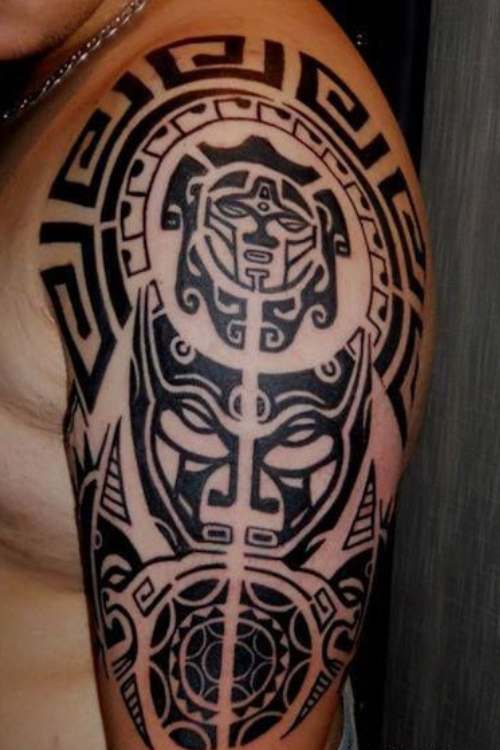
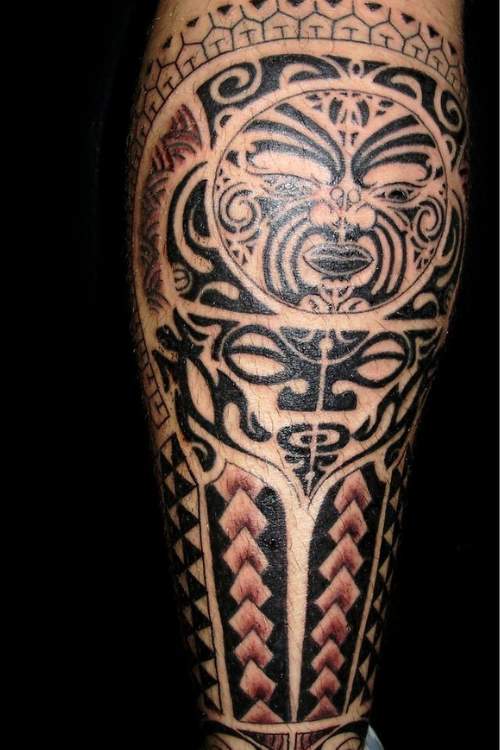
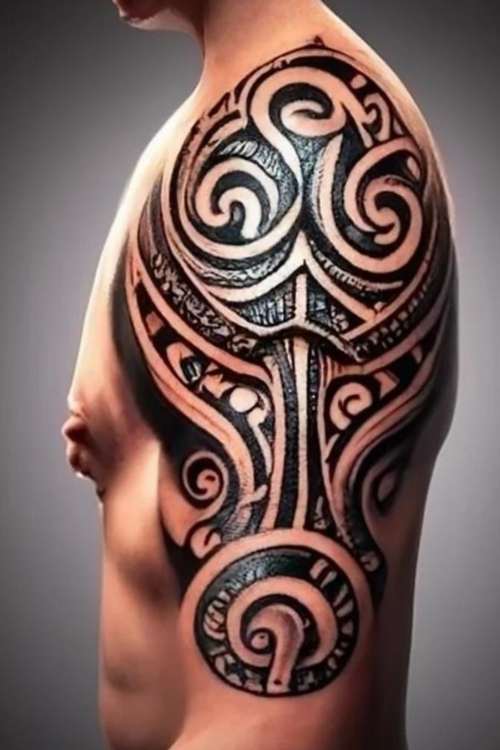
Maori tattoos, especially traditional ta moko, can be quite painful due to the intricate and large designs often involved. Traditionally, chisels were used to carve the skin rather than needles. While modern techniques are less painful, the process still requires patience and a high pain threshold. When clients ask about the pain, I always remind them that the pain is part of the journey—an experience that connects them with the deep history of the art form.
Maori tattoos are not just a fashion statement—they are sacred marks of personal and cultural identity. The process of receiving a tattoo is often spiritual, with the designs having personal meanings linked to ancestry, status, and achievements. As a tattoo artist, I take extra care when working with Maori designs, understanding the responsibility of preserving their sacredness.
Historically, Maori tattoos were a clear indicator of social status and rank. Chiefs, warriors, and individuals of high social standing wore intricate designs that marked their accomplishments and lineage. In today’s world, the tattoos still carry meaning related to status, but they are more focused on personal achievements and connections to heritage. Many clients who choose Maori-inspired tattoos do so to honor their heritage or to symbolize their journey through life.
Aside from full-body ta moko tattoos, some common stand-alone Maori designs include:
These stand-alone designs are ideal for those looking for a smaller tattoo with a powerful meaning. Many clients appreciate their simplicity yet strong symbolism.
It can be disrespectful if done without understanding the cultural significance. It’s essential to research and consult with a Maori tattoo artist to avoid cultural appropriation.
No, while traditional Maori tattoos can cover large areas, you can choose smaller stand-alone designs like the koru or fish hook that still carry significant meaning.
The time depends on the complexity of the design. Smaller designs can take an hour, while full-body tattoos may take multiple sessions.
Understand the cultural significance and meaning of the design. Consulting with a Maori artist is crucial for authenticity and respect.
Follow standard tattoo aftercare: keep it clean, moisturize, and avoid sun exposure. Healing may take a few weeks depending on the size of the tattoo.